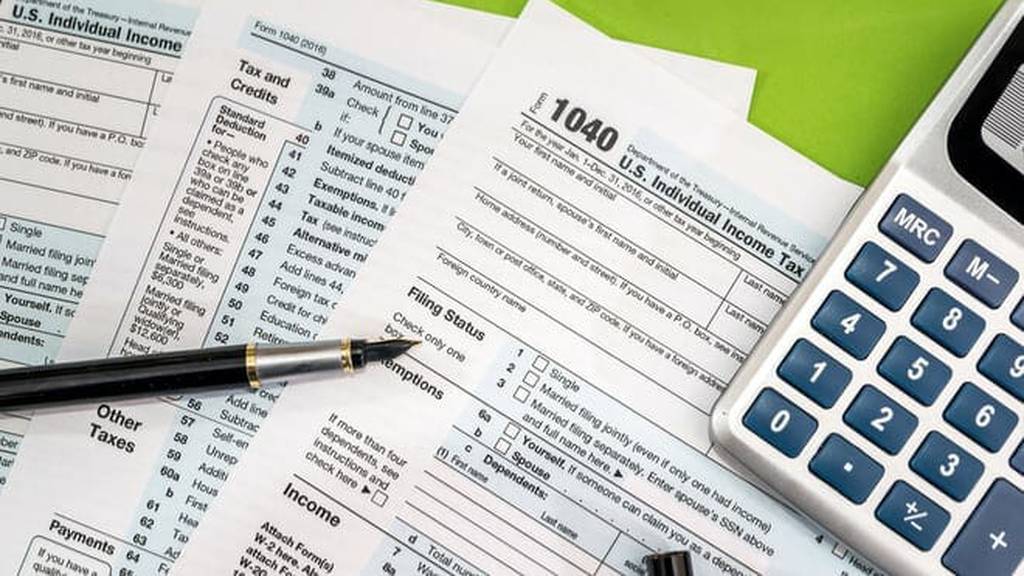The IRS offers a tax credit for elderly and disabled persons who meet certain criteria. If eligible, you can use this credit to drastically lower your tax liability. To get this credit, you’ll need to fill out Form 1040 Schedule R.
Related: Credit Karma Tax Review
Schedule R will help you determine if you qualify for the credit for elderly and disabled persons, and the amount of any credit you qualify for. To qualify, you must be over 65 years of age. You also qualify if you are under 65 but retired on permanent, total disability and received taxable disability income.

Schedule R begins with a few very basic personal questions that vary depending on filing status. If you’re a single filer, you will answer whether you are 65 or older, or retired on total permanent disability. Married filers filing jointly will indicate what categories both spouses fall into. (Possible answers include both over 65, one over 65, one disabled, both disabled, one over 65 and one disabled.)
Married filers filing separately will answer the same questions, and also must have lived apart from their spouse for all of the tax year. Disabled filers will also have to indicate that they “were unable to engage in any substantial gainful activity.”
The next step in a Schedule R is the worksheet to determine the amount of your credit. To complete this, you’ll need certain information handy.
Gather any documents related to disability income received by you and/or your spouse. You’ll also need documents that total any nontaxable social security benefits you received, or any nontaxable railroad retirement benefits treated as social security.
Also required are the totals for any nontaxable veterans’ pensions or any pensions, annuities, or disability benefits that are excluded from income based on any provision of law. Finally, you’ll need the total from line 28 of your Form 1040A, or line 46 of your Form 1040 (your adjusted gross income).
With all these numbers handy, the Schedule R will lead you through the process of calculating your elderly or disabled credit. The process is a simple series of additions and subtractions.
Depending on your level of income, you may not qualify for the credit. The worksheet will consider your adjusted gross income and the amount of nontaxable income you received against IRS thresholds. These thresholds vary based on your filing status, and how many members of a married household are elderly or disabled. If your income exceeds the relevant threshold, you will not qualify for the credit.
Generally, single filers, heads of households, and qualifying widowers cannot claim the credit if their adjusted gross income exceeds $17,500. For married filers, this number is $20,000 if one spouse is elderly or disabled, and $25,000 if both spouses are elderly or disabled. Couples filing separately generally cannot make more than $12,500.
Nontaxable thresholds are generally $5,000 for singles, heads of households, and qualifying widowers, couples filing separately, and couples with one elderly or disabled spouse. The threshold rises to $7,500 for households with two elderly or disabled spouses. The Schedule R will take whatever amounts you received into account to determine if you exceed the relevant threshold.
The process is much simpler than it sounds. If you have all the relevant information handy, the process will take no more than 20 minutes. You’ll simply total various income sources, and perform a few easy calculations.
Should you need help filing your taxes this year, you may want to consider both Turbo Tax and H&R Block. Their free online tax software can make your tax nightmares disappear.
The Best Free Tax Software
| Brand | Best For |
|---|---|
| Credit Karma Tax | All Individual Filers |
| TurboTax | Overall Features |
| TaxACT | Freelancers |
| H&R Block | Free Filers |
Read More: What Is The Cheapest Tax Software









